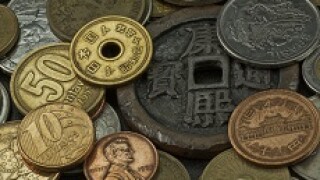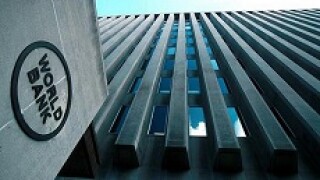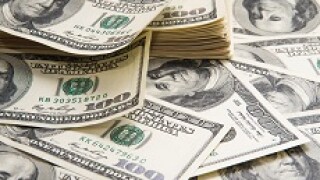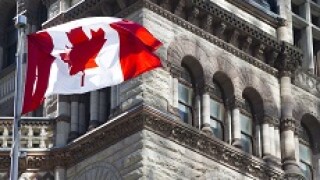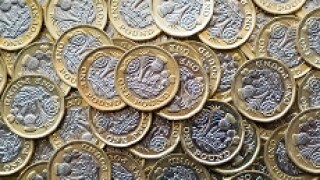World Bank
-
-
Jingdong Hua, the World Bank’s treasurer, has got a plan to get the world’s largest investors involved in local currency bonds markets.
-
World Bank came tight with its first 10 year dollar benchmark since 2017 this week, but the demand underwhelmed in comparison to a recent spate of successful similar deals from other top tier public sector borrowers.
-
The World Bank seemed to find the point of investor exhaustion with its 10 year dollar deal on Wednesday following a recent spate of successful similar deals from other borrowers.
-
The World Bank appointed banks on Tuesday to lead its first 10 year dollar benchmark in almost two years to join a flurry of SSAs who have recently ventured into this rarely visited part of the curve in the currency. Meanwhile, Finnvera has mandated banks for its second syndicated trade of the year.
-
-
The World Bank made a brave foray into uncharted territory this week, printing a 30 year euro benchmark. Unfortunately for the supranational, the trade met with sharp criticism over its price, and speculation abounded that the deal had not been fully subscribed.
-
There were no fireworks as the World Bank issued its longest ever euro benchmark on Wednesday, with the last book update showing a lower volume of orders than the deal size.
-
The International Development Association (IDA) is preparing to issue its first euro benchmark, holding an investor call on Tuesday. The World Bank, IDA's sister issuer, is set to come to market on Wednesday for its longest ever euro benchmark.
-
SSA issuers turned towards niche currencies this week to meet a range of demand across the Australian and Canadian dollar curves. KfW and the Asian Development Bank started the week printing in Australian dollars, before the World Bank joined them in the currency while also returning to the Maple market.
-
A trio of supranationals harnessed a lack of sterling supply to reopen the market this week. The World Bank brought the first fixed rate supranational deal since August, while the Asian Development Bank and European Investment Bank both reopened Sonia-linked notes.
-
The Asian Development Bank joined the syndicated sterling issuance run started by the European Investment Bank earlier this week, pricing a £300m tap of its March 2024 Sonia-linked note on Wednesday. The World Bank looks set to follow with a fixed rate tap on Thursday that bankers feel could give a good indication of the market’s appetite for the format amid volatility.

